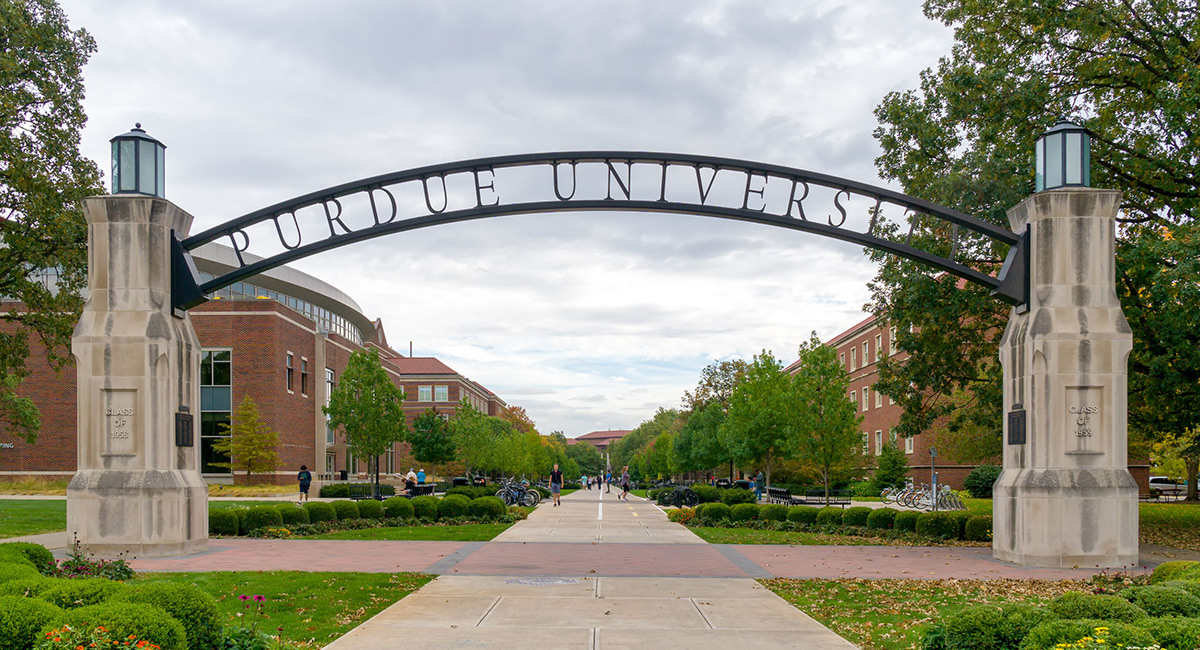To the seven digit number of viewers of my screeds in this space over the past two years, I often seem highly critical of American universities: they are costly, often teach minimal amounts, lack sufficient viewpoint diversity, are over-administered, and, especially, slow to change. Yet, with thousands of schools, there have always been exceptions, and one of the few blessings of Covid-19 is it is compelling colleges to do things differently—”forced innovation” dominates. Let me briefly highlight three academic entrepreneurs doing positive things.
Vance Fried
A recently retired professor of entrepreneurship at Oklahoma State University, Fried has had a varied career as a lawyer, CPA, and businessman, and has long argued that quality higher education can be provided at a dramatically lower cost. In 2008 he did a study for my Center for College Affordability and Productivity called “The $7,376 ‘Ivies’” that argued a high quality (albeit no nonsense) education could be offered at a low cost—if we abandoned numerous campus conventions like massive elective course offerings for students, huge bureaucracies, etc. Costs per student at undergraduate schools are currently typically at least double what they need to be (about $9,000 in today’s dollars).
Professor Fried now is going further, branching into promoting low cost on-line education, applying the premise that we do not necessarily have to teach today the same way Socrates did 2,400 years ago. In his latest venture, he is offering what sounds like reasonably high quality instruction that would enable a person to earn the first two years of college for $4,000 (about $200 a course). For students in Oklahoma, he has even got the cost lower—almost free college (with some private foundation support). Through his Micro-Collegiate Academy, he has focused attention on motivated high school students wanting to dramatically lower college costs. Fried is merely one example of a whole new breed of academic entrepreneurs.
Mitch Daniels
Daniels, President of Purdue University is a jack of all trades (businessman, politician, budget director, etc.) who I write about often. He was early in proclaiming Purdue would have students residing on campus this fall. Younger Americans very rarely die of the coronavirus, and if we don’t stop school when seasonal flu numbers spike, we need not do so for covid-19, albeit we need some special precautions. He gambled (which is what entrepreneurs do) that by buying the Kaplan on-line higher education service business, Purdue could rapidly expand into on-line education, something for which it had little prior expertise. Renamed Purdue Global, the operation has grown rapidly, although apparently losing tens of millions annually in promoting a large expansion. President Daniels other innovations are too many to detail, although his pioneering of Income Share Agreements as a mode of financing school deserves special recognition.
Panayiotis Kanelos
You cannot get more traditional in higher education that Saint John’s at Annapolis and also Santa Fe. It is the ultimate classical liberal arts school, with learning centered around learning great books, works of literature, philosophy, government, etc. that led to the flowering of Western civilization. It emphatically does not subscribe to the current fashionable but incredibly ignorant view that most of the great knowledge and insight that we possess today came recently from the fertile minds of contemporary woke intellectuals.
When President Kanelos was hired president of the original Annapolis campus three years ago, he told the governing board he would like to cut tuition in half. The board allowed him to cut it by about one-third, but tied that to a gigantic fund raising program to provide extremely low cost education for lower income students. Both moves seem quite successful. Applications have grown, and the average net tuition revenue per student has actually grown: a sharply lower “sticker price,” but higher discounted net revenue per student.
Kanelos understood that the old model of increasing published tuition fees and then discounting them ever more aggressively was not working. His board supported him, and outside fund raising grew as well.
This little tale of three university presidents is far from exhaustive, but all that I can discuss in more than twice the number of words it took a country bumpkin from Flyover Country, Abraham Lincoln, to deliver the Gettysburg Address 157 years ago.













